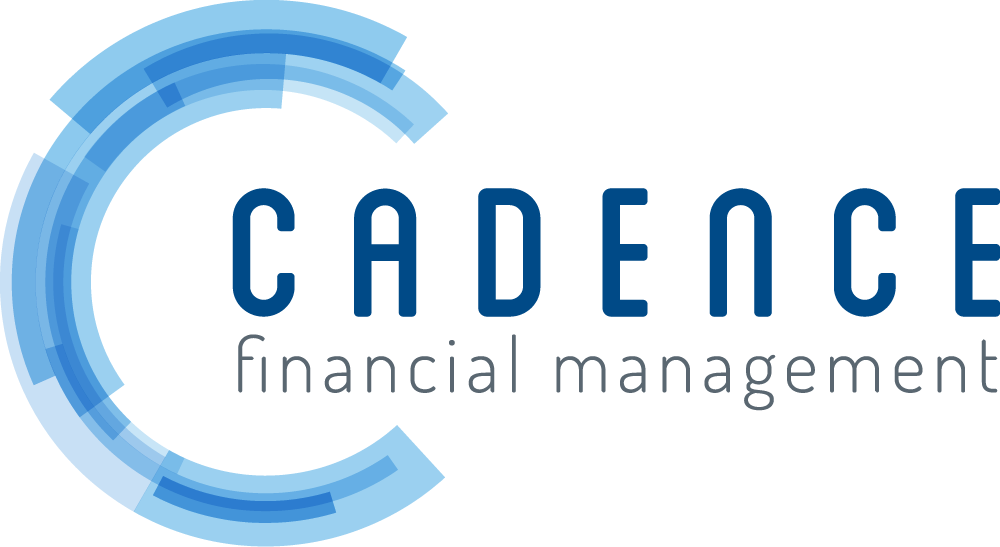IRS Issues Guidance on Student Loan Matching
Thirty percent of adults in the U.S. report having received a student loan to further their education. According to the Federal Reserve, the median student loan debt for those with outstanding balances in 2023 ranged between $20,000 and $25,000. To help ease this financial burden, employers are increasingly offering a match toward student loan repayments as an employee benefit to help alleviate the financial strain. This trend also highlights the increasing focus on addressing student debt within the framework of overall financial wellness initiatives.
Amid these changes, the Internal Revenue Service recently issued interim guidance for plan sponsors that currently offer, or seek to provide, matching contributions for student loan repayments. The guidance is part of the SECURE 2.0 Act of 2022, which includes provisions for contributions to 401(k) plans, 403(b) plans, 457(b) plans or SIMPLE IRAs.
The IRS generally defines a qualified student loan payment as “a payment made by an employee during a plan year in repayment of a qualified education loan incurred by the employee to pay for qualified higher education expenses of the employee, the employee’s spouse, or the employee’s dependent.”
The guidance, presented largely in a question-and-answer format, addresses a range of plan administration issues, including eligibility rules for matching contributions, “reasonable” contribution procedures that a plan may adopt, and special nondiscrimination testing relief.
The guidance also covers requirements for certifying that the criteria for student loan matching contributions have been met. Specifically, the plan must confirm the loan amount, the payment date, and the employee’s payment, as well as verify that the loan was used for a qualified education expense for the employee, spouse, or dependent and that it was incurred by the employee. Additionally, employer contributions toward student loan repayments must align with the rate and vesting schedule of the plan's regular matching contributions.
The IRS guidance applies to plan years beginning in 2025. It also notes that, for plans before then, sponsors can “rely on a good faith, reasonable interpretation” of SECURE 2.0. Moreover, the IRS states that it intends to release proposed regulations offering additional guidance on student loan matching, but that plan sponsors can refer to the current notice until those regulations are issued. You can read the full notice here [https://www.irs.gov/pub/irs-drop/n-24-63.pdf].
Helping employees manage student loan debt through education and direct assistance allows them to be more productive and engaged on the job and better prepared for retirement. Financial wellness benefits can play a crucial role in creating a more financially stable and energized workforce — and building a culture that values employee financial health.
Sources:
https://www.irs.gov/pub/irs-drop/n-24-63.pdf
This material was created to provide accurate and reliable information on the subjects covered but should not be regarded as a complete analysis of these subjects. It is not intended to provide specific legal, tax or other professional advice. The services of an appropriate professional should be sought regarding your individual situation. The material presented was created by RPAG. Securities, investment advisory, and financial planning services offered through qualified registered representatives of MML Investors Services, LLC. Member SIPC (www.sipc.com). Supervisory Office: 16 Campus Blvd, Newtown Square, PA 19073. Cadence Financial Management, LLC is not a subsidiary or affiliate of MML Investors Services, LLC or its affiliated companies. ACR# 7012847 09/24
